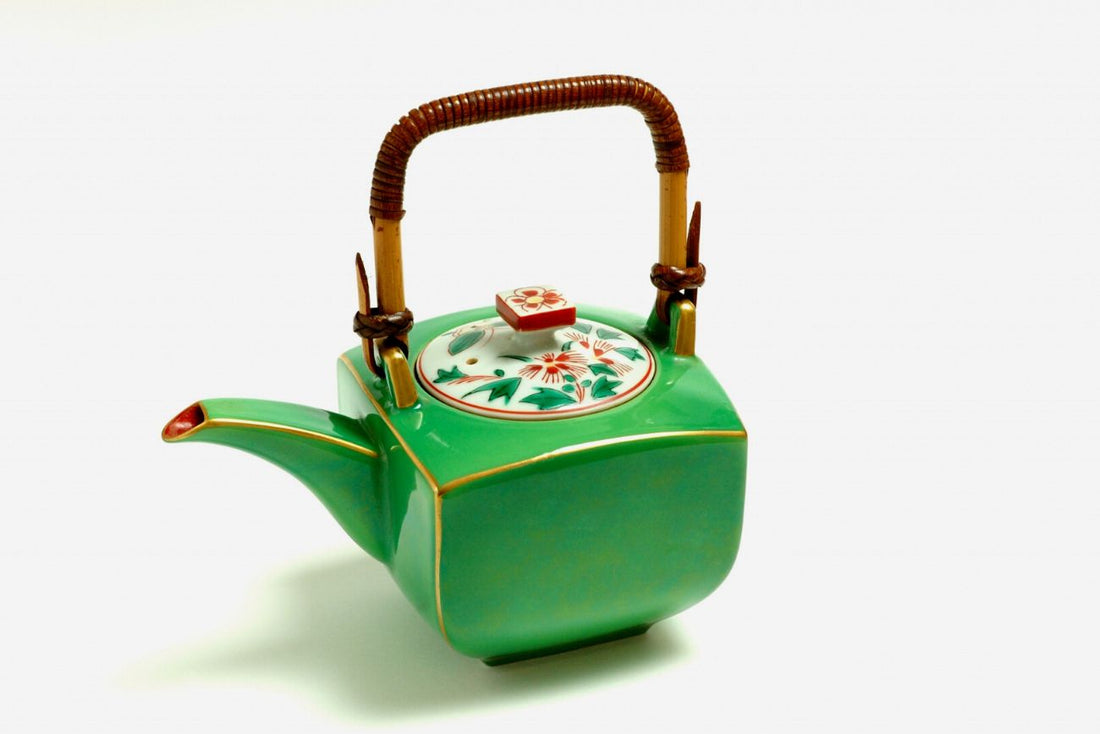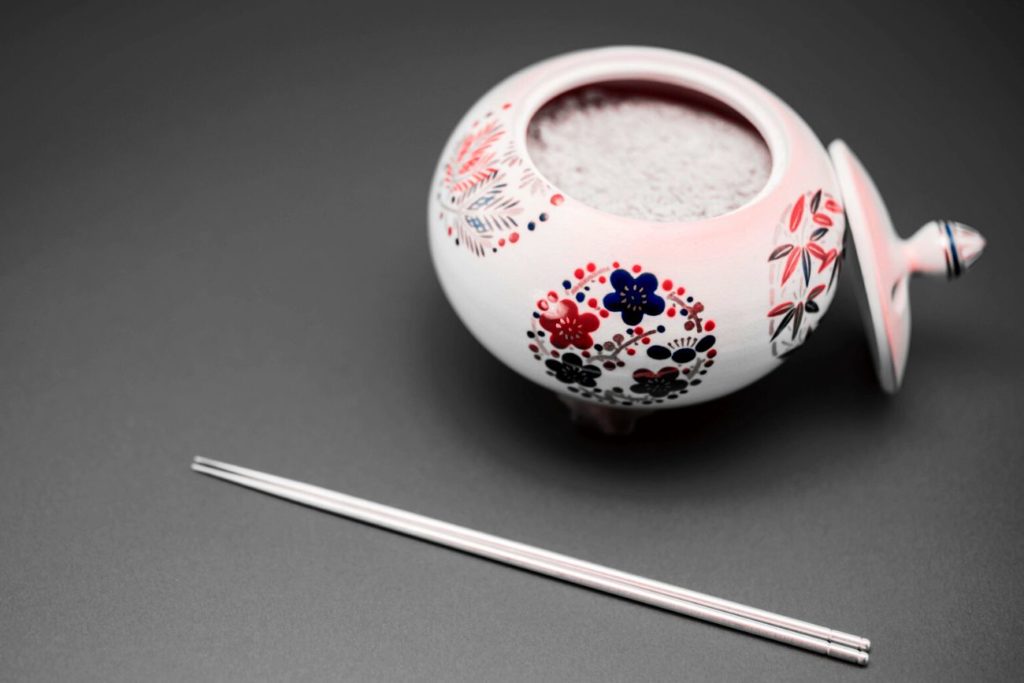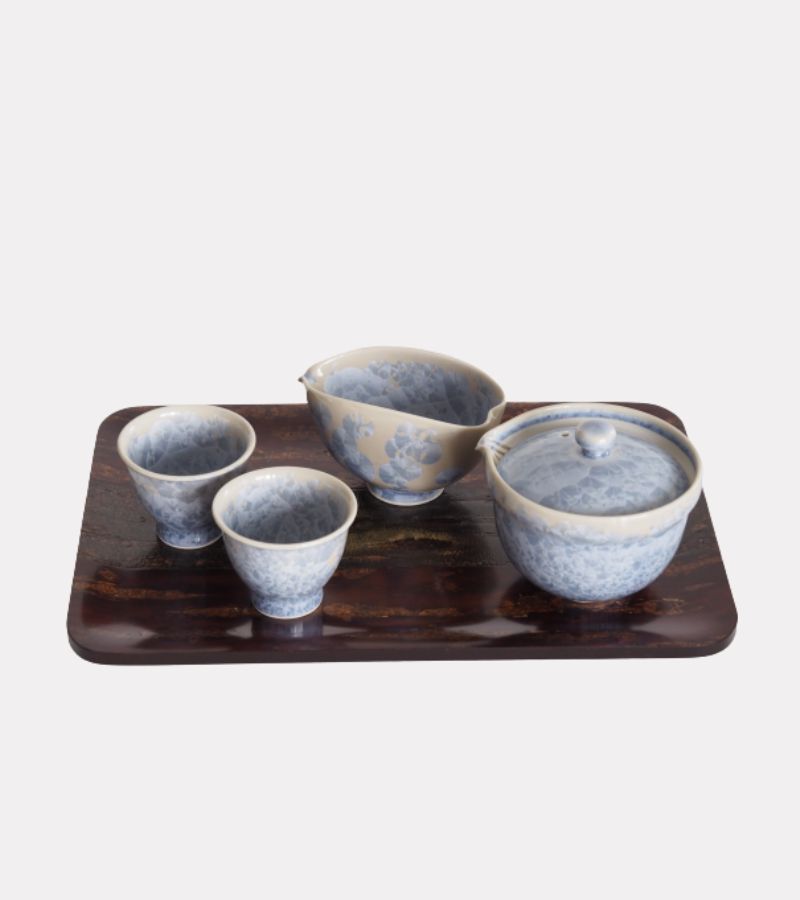
Kiyomizu-yaki Pottery: Kyoto Ceramics
Share
Kyoyaki refers to ceramics made in Kyoto, such as Kiyomizu-yaki. Kiyomizu-yaki pottery is so-called because it was made on Gojo-zaka, a street running east to west near Kiyomizu-dera Temple. It is considered a representative of Kyoyaki. Kyo-yaki is sometimes equated with Kiyomizu-yaki. Kiyomizu-yaki is also known as Kyoto-yaki.
In the capital city of Kyoto, steeped in dynastic culture, various types of pottery were sought after by aristocrats and tea masters around 400 years ago. Both for hospitality and as luxury items.
To meet this demand, Kiyomizu-yaki adopted designs and techniques from not only all over Japan, but also from surrounding regions in East Asia.
Therefore, the characteristics of Kiyomizu-yaki ware are not the result of a single raw material or technique.
It is a complete type of pottery that has been refined in Kyoto culture, using a variety of raw materials from around the world. And incorporating the best designs and techniques.
Each piece of pottery is made and painted by hand to this day, to convey the excellence of design through advanced techniques.

Kiyomizu-yaki Pottery: The Art of Handcrafted Pottery
Kyo-yaki pottery (Kiyomizu-yaki) is characterized by its elegance and high-quality painting. Thanks to the delicate painting and excellent modeling skills that have been passed down from generation to generation in Kyoto,
Kyo-yaki is said to have been the first pottery in Japan to be painted red. Materials and techniques such as stained glazes, Oribe, etc. are used to produce beautiful and detailed colors.
Another characteristic of Kyo-yaki pottery is that every step of the process, from the potter's wheel to the painting, is carried out by hand. For this reason, it is not possible to produce a large number of pieces. The delicate handwork of Kyo-yaki pottery is not only intended for everyday use, but also:
- to the utensils of the tea ceremony
- to art objects
- to many other high-value items.
The development of Kiyomizu tableware, as well as the tea ceremony
In ancient times, Kyoto was the capital of Japan. Pottery could therefore be sourced from all over the country and imported from other countries, such as China. Therefore, there was no need to produce one's own pottery.
However, from the Azuchi-Momoyama period to the Edo period, Kiyomizu ceramics developed dramatically. The turning point was the growing popularity of the tea ceremony, which occurred during this period.

The value of utensils such as those used for the tea ceremony increased. And upper-class people such as nobles, feudal lords, wealthy merchants, temples, and shrines began to support the production of kiyomizu-yaki.
The demand for a wide variety of beautiful shapes and colors, which could not be found anywhere else, led to the creation of numerous kilns… which produced highly individualized pieces in response to this need. This led to the creation of a succession of designs with a more artisanal and artistic character.
Kyoto pottery and Kiyomizu pottery have been passed down to the present day by a small number of skilled craftsmen and have become one of Japan's most popular traditional crafts.
